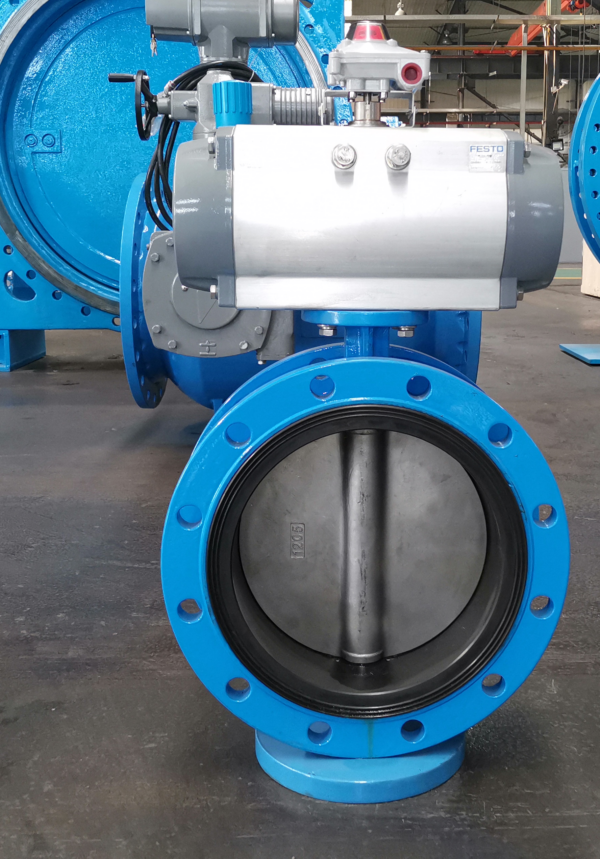The temperature limitations of electric pneumatic butterfly valves depend on various factors, including the materials of construction, the type of actuator, and the specific design of the valve.
Here are some general considerations regarding temperature limitations for electric pneumatic butterfly valves:
- Materials of Construction: The temperature limitations of electric pneumatic butterfly valves are primarily determined by the materials used in their construction. Common materials for butterfly valve components include carbon steel, stainless steel, ductile iron, and various alloys. Each material has its own temperature range within which it can safely operate without experiencing degradation or mechanical failure.
- Sealing Elements: The temperature limitations of electric pneumatic butterfly valves are also influenced by the temperature resistance of the sealing elements, such as O-rings or elastomeric seats. These sealing elements are typically made from materials like EPDM, NBR, Viton, or PTFE, each of which has its own temperature limitations. Higher temperatures can cause these sealing elements to degrade, lose elasticity, or fail, leading to leakage or poor valve performance.
- Actuator Type: The type of actuator used in electric pneumatic butterfly valves can affect their temperature limitations. Electric actuators may have electronic components or motors that can be sensitive to high temperatures. Pneumatic actuators may contain elastomeric seals or lubricants that have temperature limitations. It’s essential to select actuators that are suitable for the operating temperature range of the application.
- Valve Design and Configuration: The design and configuration of the butterfly valve itself can influence its temperature limitations. For example, high-performance butterfly valves may have a higher temperature rating compared to standard butterfly valves due to their robust construction and special features designed to withstand elevated temperatures and pressures.
- Application Environment: The temperature limitations of electric pneumatic butterfly valves should also consider the specific environment in which they will be installed and operated. Factors such as ambient temperature, temperature fluctuations, and exposure to heat sources (e.g., steam lines, process fluids) can all impact the temperature limits of the valve.
- Manufacturer Specifications: It’s important to refer to the manufacturer’s specifications and technical data sheets for accurate information regarding the temperature limitations of electric pneumatic butterfly valves. Manufacturers typically provide temperature ratings and guidelines for proper valve selection and application based on their design and materials of construction.
In summary, the temperature limitations of electric pneumatic butterfly valves are influenced by factors such as materials of construction, sealing elements, actuator type, valve design, application environment, and manufacturer specifications. It’s crucial to consider these factors when selecting and operating butterfly valves in applications with temperature extremes to ensure safe and reliable performance.

What are the temperature limitations of electric pneumatic butterfly valves?
